Beneath the ocean’s surface, in places no sunlight ever reaches, exists a world unlike any other on Earth. These pitch-black environments, thousands of meters below sea level, are home to bizarre and remarkable creatures. Over millions of years, they’ve adapted to the crushing pressures, freezing temperatures, and complete darkness by developing extraordinary and sometimes eerie physical features.
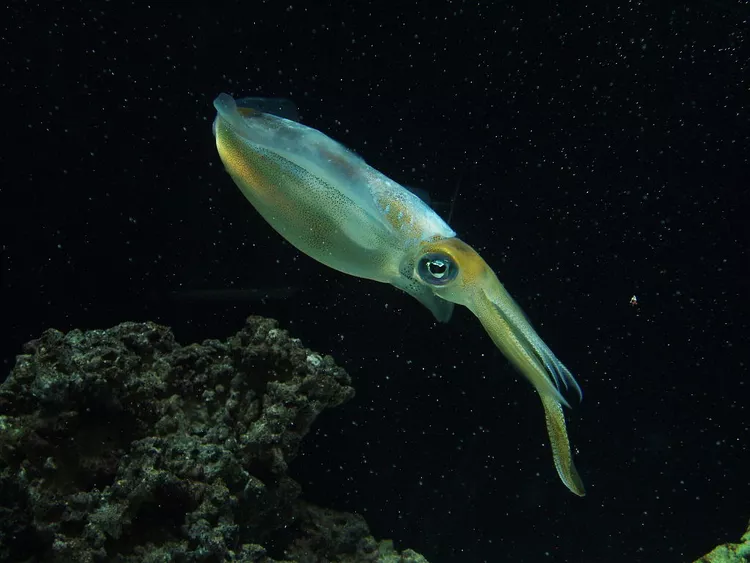
Let’s dive into the abyss and meet 16 deep-sea animals that have evolved to survive in the harshest conditions imaginable.
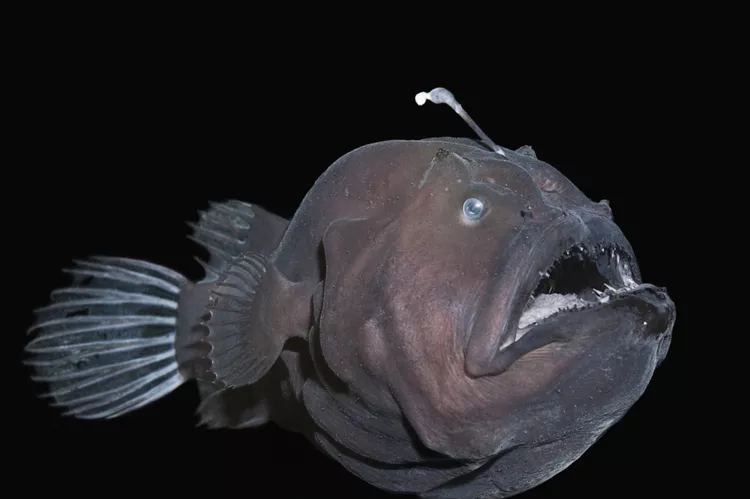
There are over 200 species of anglerfish, lurking deep in the Atlantic and Antarctic Oceans, some as far down as 1,600 meters (a mile below the surface). These carnivorous fish sport massive heads, gaping mouths, and sharp, fang-like teeth—like something out of a horror movie.
Only female anglerfish possess the iconic “fishing rod” appendage, a spine that extends above the mouth tipped with bioluminescent bacteria used to lure prey in total darkness.
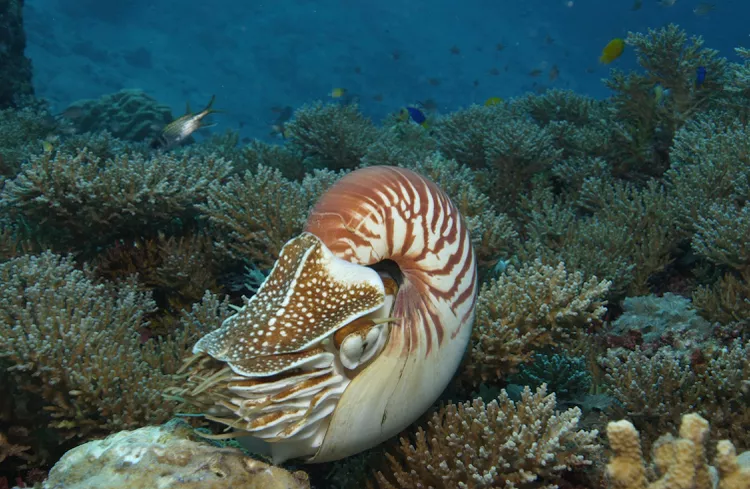
Chambered nautiluses inhabit deep waters in the Western Pacific, American Samoa, and parts of the Indian Ocean. During the day, they can descend to 600 meters, ascending at night to hunt for food.
Related to squid and octopuses, nautiluses have up to 90 tentacles and a beautifully striped shell divided into internal chambers. They use these chambers to regulate buoyancy, filling them with gas or fluid. With primitive pinhole eyes and unchanged anatomy for over 400 million years, the nautilus is truly a living fossil.
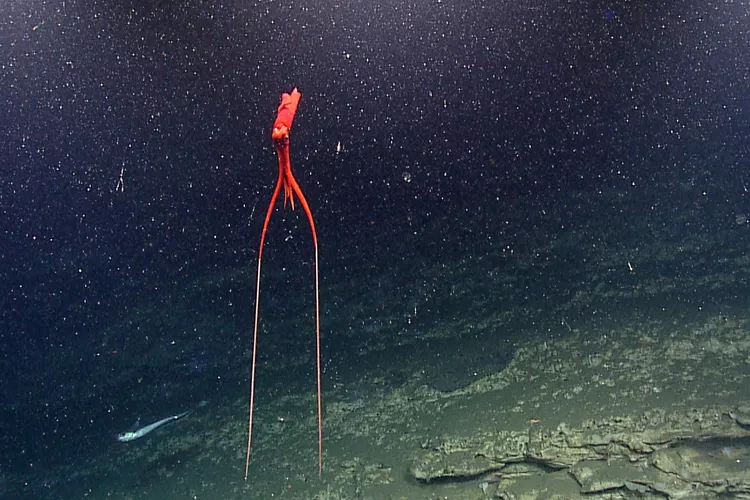
Whiplash squids dwell near the seafloor, as deep as 1,500 meters, often hovering vertically like a tuning fork. They use small fins to maintain their position and move through the water.
Until 1992, scientists only studied dead specimens. Thanks to modern submersibles and ROVs, we now have clearer footage of their behavior. Some even glow with light-emitting organs known as photophores.
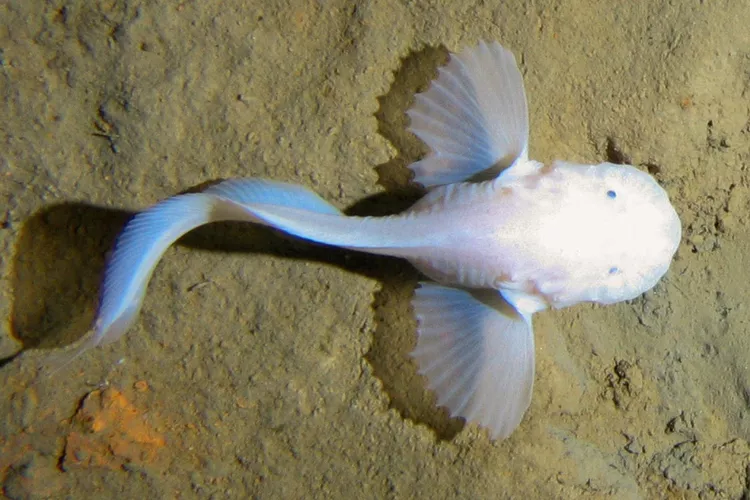
Found as deep as 8,178 meters in the Mariana Trench, this species holds the record for the deepest-living fish known to science. Despite their soft, tadpole-like appearance, Mariana snailfish are top predators in their habitat.
They have extremely soft bodies, enlarged organs, and cartilage adapted to withstand pressure equivalent to the weight of the Eiffel Tower pressing on your toe.
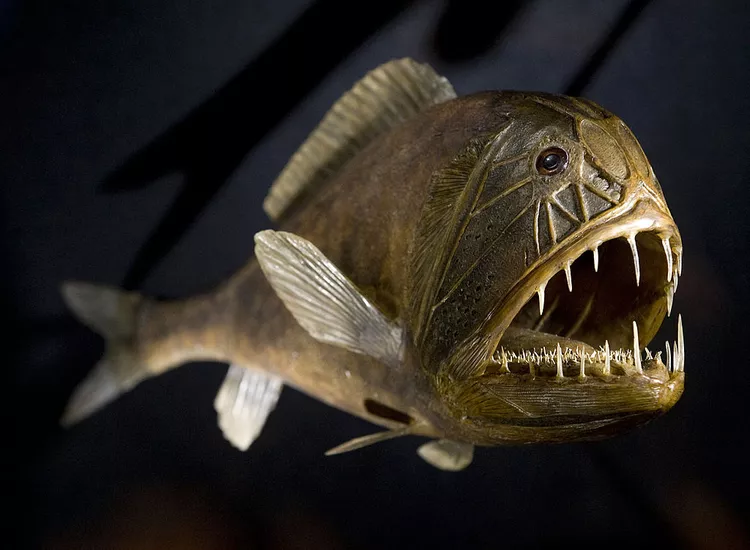
With grotesquely oversized teeth and a fearsome look, the common fangtooth roams depths of up to 5,000 meters. Despite appearances, it only grows to about 7 inches long.
Its teeth are so large it can’t close its mouth. Some scientists think it’s a predator; others believe it prefers ambush tactics. Either way, it swallows prey whole, bypassing any need to chew.

This 50-centimeter predator haunts tropical oceans at depths around 1,000 meters. Its terrifying bite leaves circular wounds—hence the name. As a parasitic shark, it feeds on chunks of flesh from larger fish or marine mammals without killing them.
It has a cigar-shaped body, a dark collar, and bioluminescent organs that help camouflage it from above and below.

This deep-sea predator has a long lower jaw and translucent, fang-like teeth. Viperfish dwell around 1,500 meters deep by day and rise at night to hunt.
They use photophores to lure prey, but if that fails, they launch swift attacks, impaling victims on their menacing teeth. They grow up to 30 cm (1 ft) and come in colors from silver and green to black and blue.

Seldom seen, frilled sharks live 500–1000 meters deep and resemble eels with over 300 trident-shaped teeth. Measuring up to 2 meters, they might have inspired sea monster legends. No one has ever seen a frilled shark feeding.
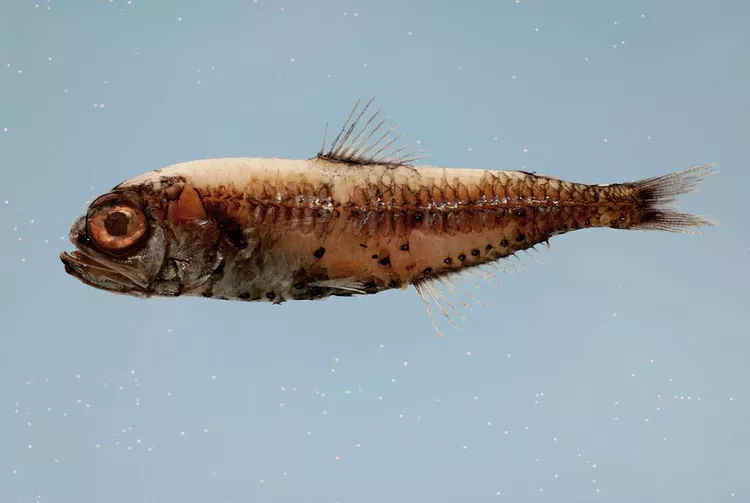
Measuring only 3–15 cm long, lanternfish light up the dark ocean using photophores along their bodies. They live between 400 and 900 meters deep and rise at night to feed.
A vital link in the ocean food chain, lanternfish are prey for whales, tuna, squid, and seabirds. Sadly, they also ingest plastic debris, passing it up the food chain.

Native to Suruga Bay, Japan, and occasionally migrating to Australian waters, this crab species is the world’s largest. Its leg span can reach 3.6 meters (12 feet), and it can weigh 18 kg (40 lbs).
Though scavengers, juveniles cleverly camouflage themselves with seaweed and sponges to evade predators.
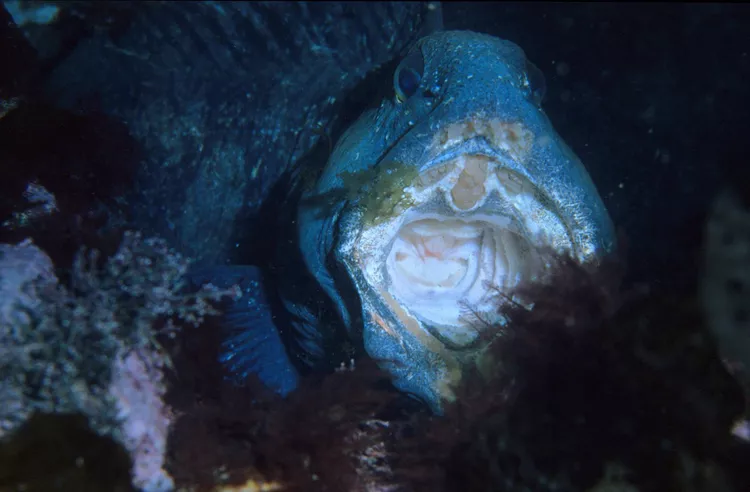
Thriving in the icy depths of the North Atlantic, wolffish have antifreeze-like compounds in their blood. With powerful jaws and sharp teeth, they crush sea urchins, crabs, and mollusks.
They can grow over 1.5 meters long and weigh nearly 20 kg. Solitary and elusive, they hide among rocks and seaweed.

This ancient, massive shark lives at depths up to 2,000 meters but migrates shallower to feed. Reaching lengths of nearly 5 meters, it preys on a wide range of bottom-dwellers.
Its most unique feature? A large pineal window between its eyes, allowing more light to enter the brain—an adaptation for life in the dark.
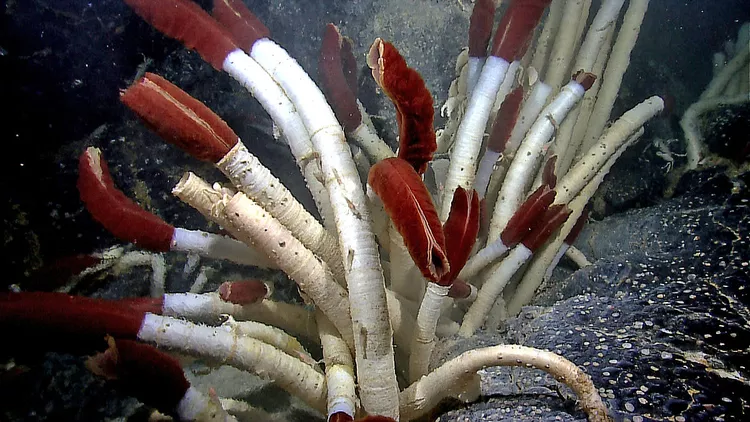
Discovered near hydrothermal vents in 1977, these white, tube-like creatures can grow up to 2.5 meters tall. They thrive in extreme environments filled with toxic chemicals.
With no mouth or digestive tract, they rely on internal bacteria to convert chemicals into energy. They are among the heaviest worms known to science.
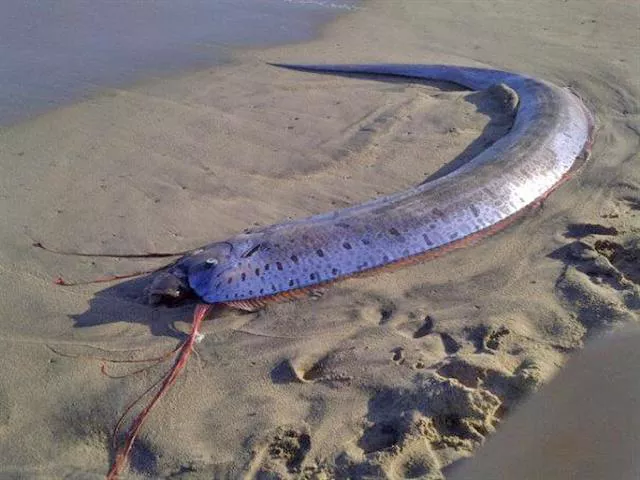
The legendary oarfish likely inspired myths about sea serpents. With a ribbon-like body, they can grow up to 17 meters long.
Found at depths of 200 to 1,000 meters, they have soft, scaleless bodies and a shimmering, reflective surface that’s easily damaged near the surface.

Not true lobsters or crabs, squat lobsters live up to 2,600 meters deep. Most are blind and hide in rock crevices or coral, exposing only their claws.
Some species, like Munidopsis andamanica, feed on wood from fallen trees and sunken ships—while others consume whalebones and turtle shells.

Living between 700 and 1,000 meters deep, this jellyfish—nicknamed for its flat, round shape—actively hunts zooplankton and other jellyfish, unlike its passive relatives.
It was photographed during an exploration near the Hawaiian archipelago, showcasing the rich biodiversity still waiting to be discovered in the ocean’s depths.
Earth’s deep sea remains one of the last frontiers of exploration. These creatures—eerie, beautiful, and resilient—are reminders of life’s astonishing adaptability. With over 95% of our oceans still uncharted, who knows what other marvels wait to be found in the darkness?
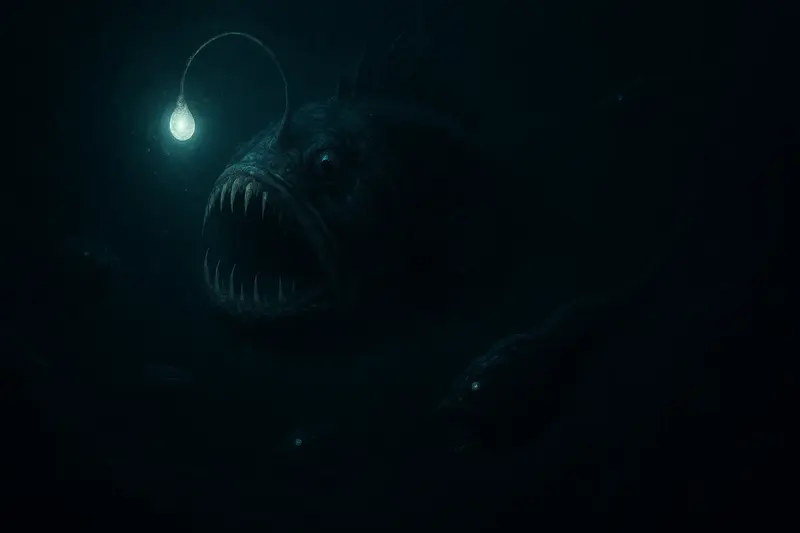
animal tags: Deep Sea Creatures
We created this article in conjunction with AI technology, then made sure it was fact-checked and edited by a Animals Top editor.